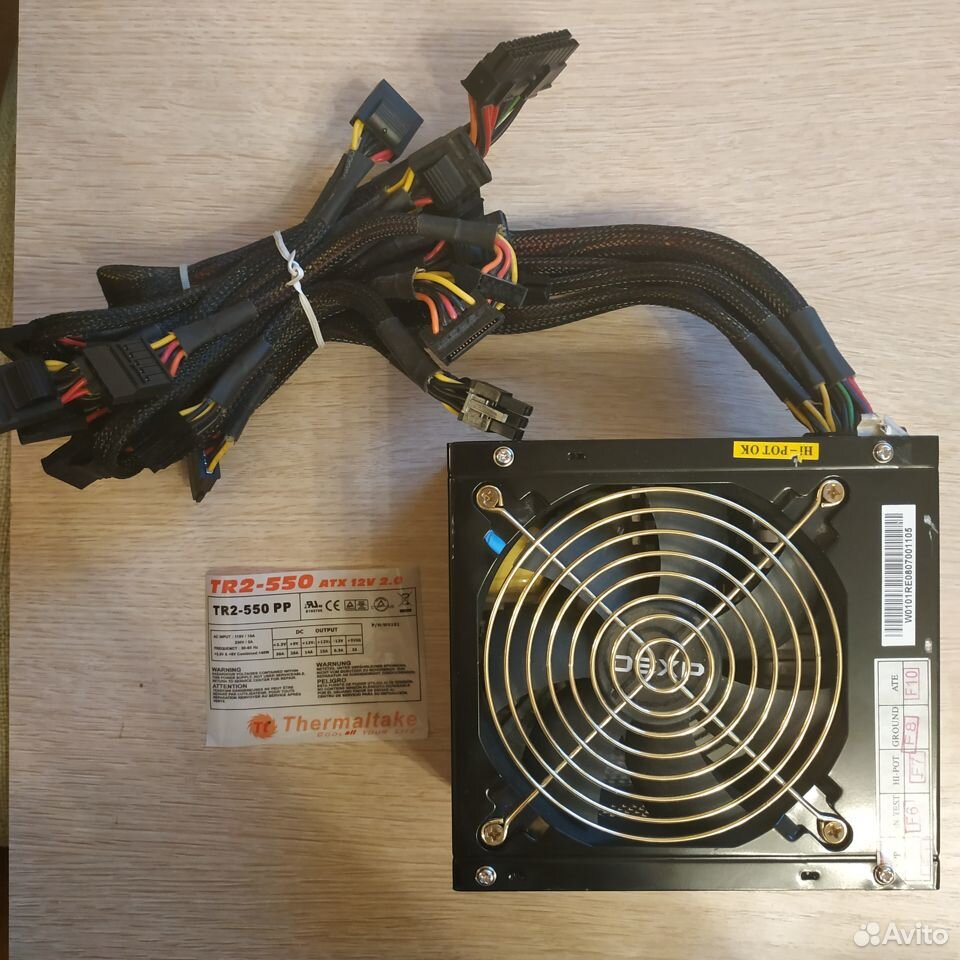Reply 20 of 42, by rasz_pl
idan182 wrote on 2022-06-05, 04:55:When pushing it and on games, CPU can reach even 60-65. and motherboard to 40+
is it normal?
yes and no, P3 733mhz TDP=22W Tjmax=100C
temp is fine, but could be lower
idan182 wrote on 2022-06-05, 04:55:Can I fit a better 80mm front fan? don't think it makes something.
PSU gets very hot and is built weird with inside fan and not a fan that gets the heat out of it:
it might be getting hot because caps dried out and it has to work extra hard with more losses
or airflow is so bad/blocked it just recirculates hot air into itself
Repo Man11 wrote on 2022-06-05, 06:52:These Coolermaster Socket 370 coolers are available on Ebay for a decent price ($9.99 US), and would be much better than what you now have.
already mounted cooler is perfectly adequate for P3 733mhz 23W CPU
Reversing PSU fan would only make it fight against CPU fan. Its an old/cheap midi design, but was fine with Slot 1 CPUs. I build a few overclocked Socket A systems back in the day in such cases before learning better, they ran HOT AF and froze in the summer making me do home visits to swap into bigger boxes.
https://github.com/raszpl/FIC-486-GAC-2-Cache-Module for AT&T Globalyst
https://github.com/raszpl/386RC-16 memory board
https://github.com/raszpl/440BX Reference Design adapted to Kicad
https://github.com/raszpl/Zenith_ZBIOS MFM-300 Monitor

